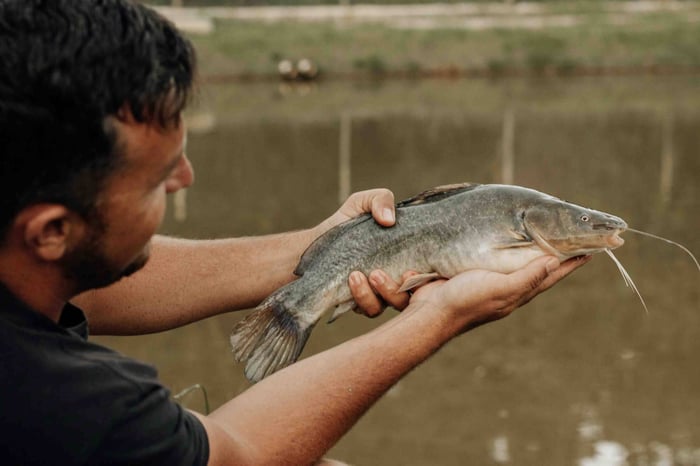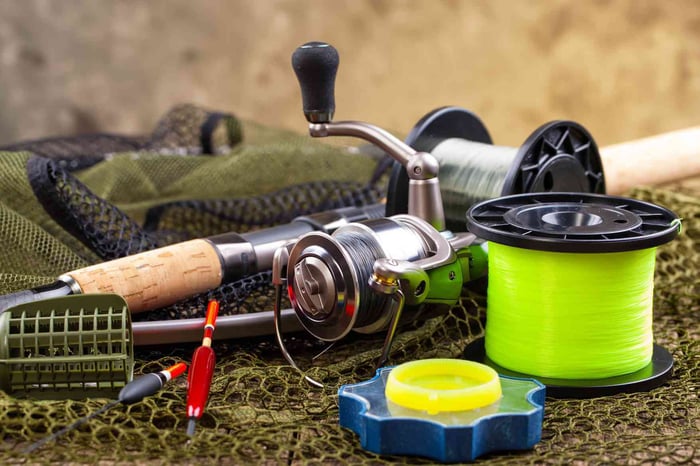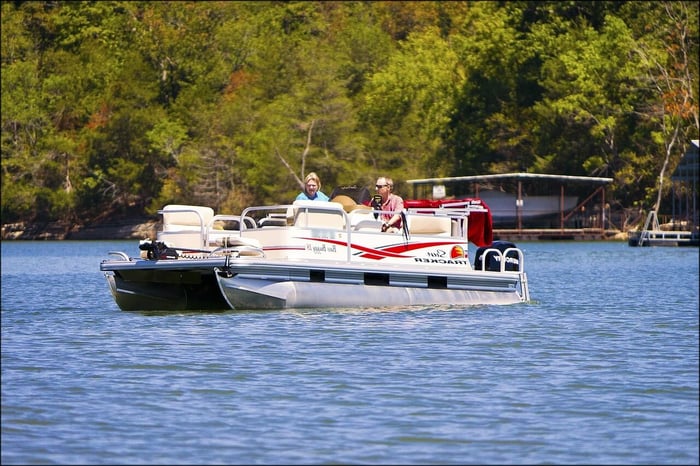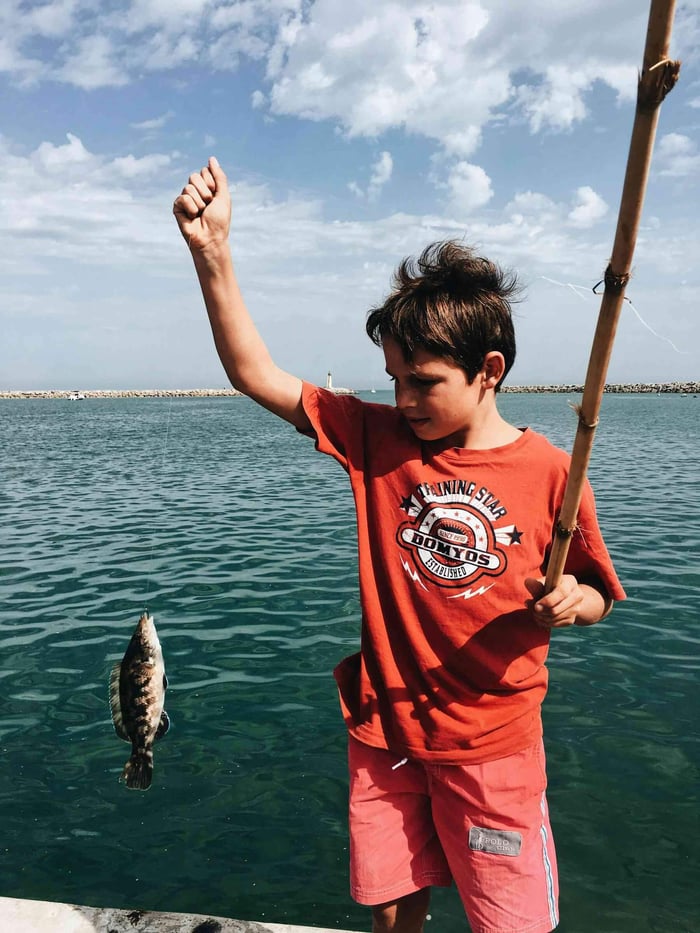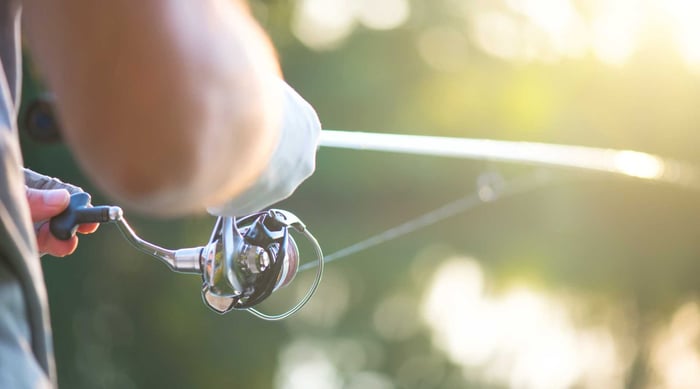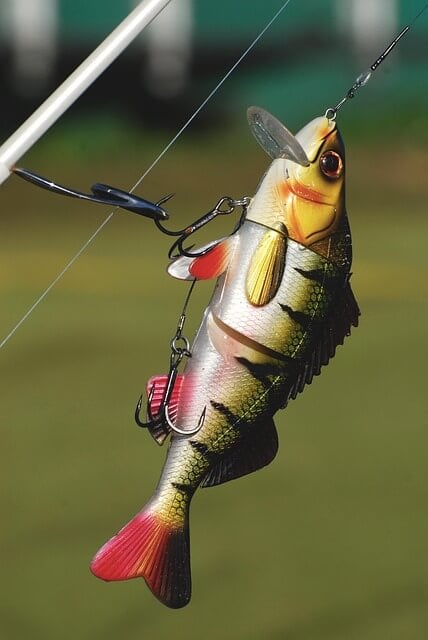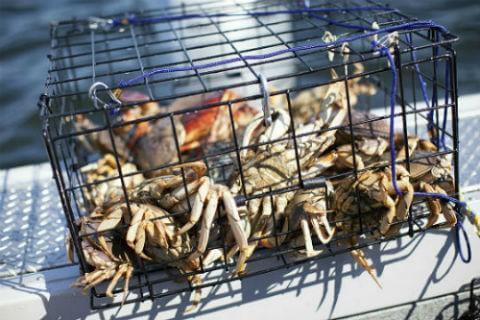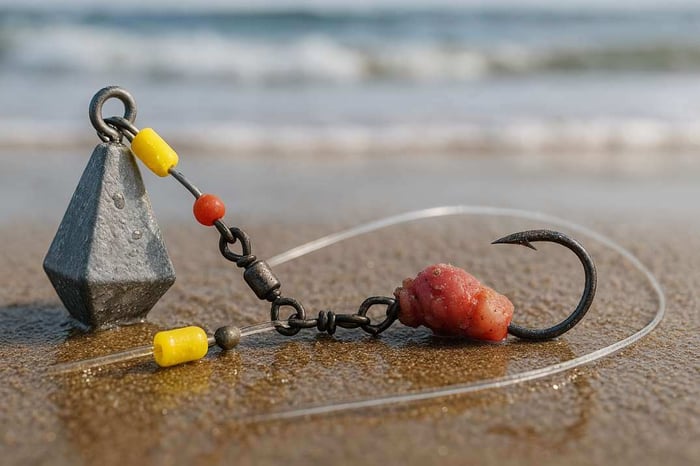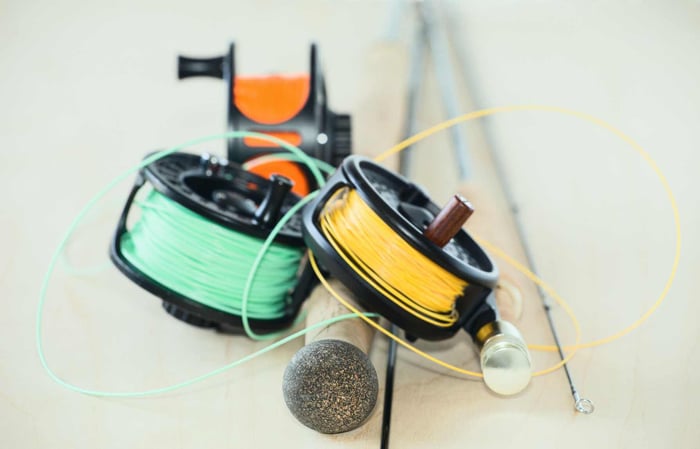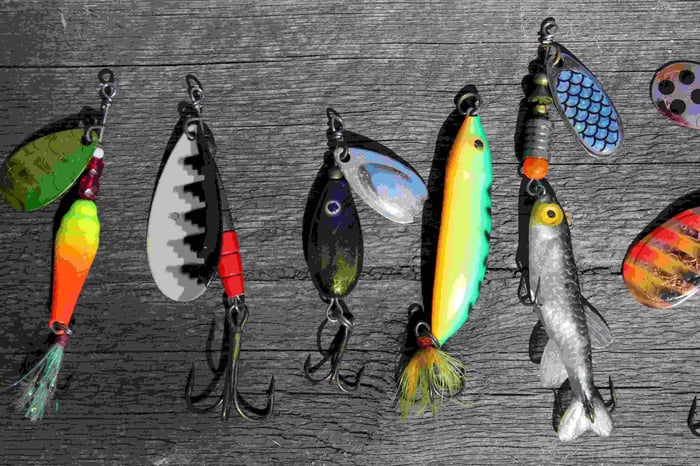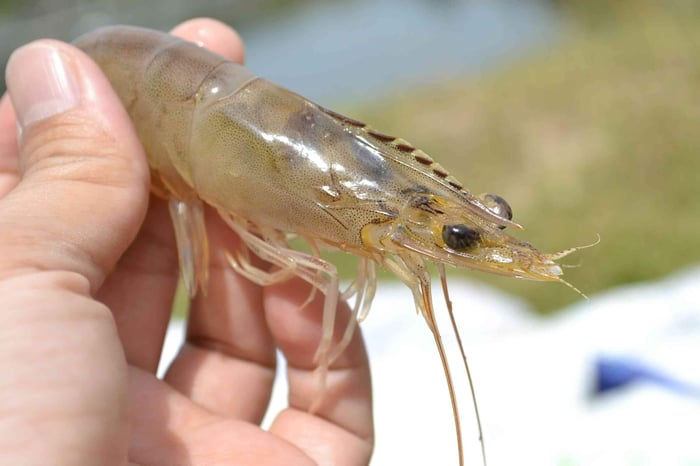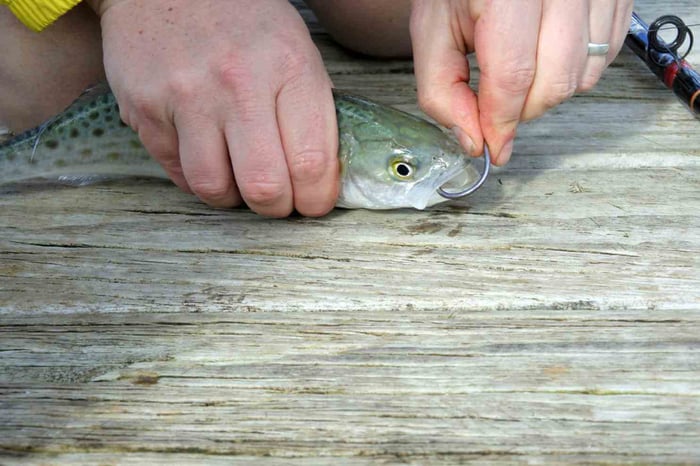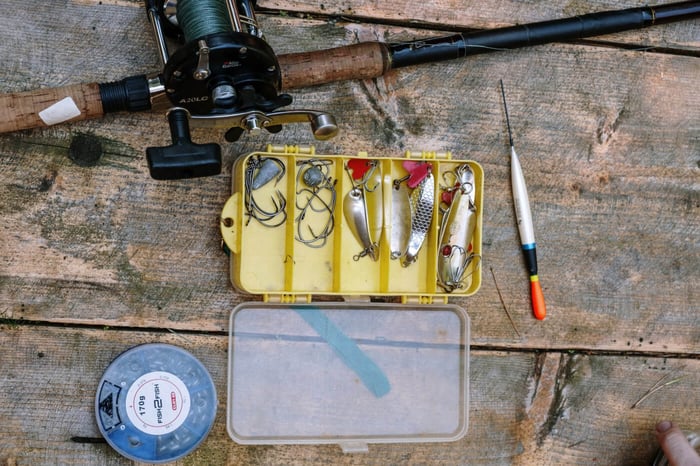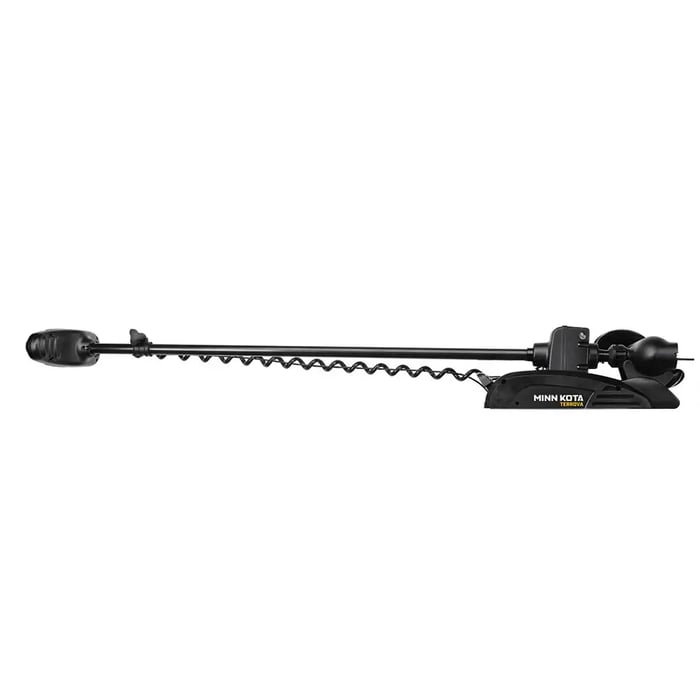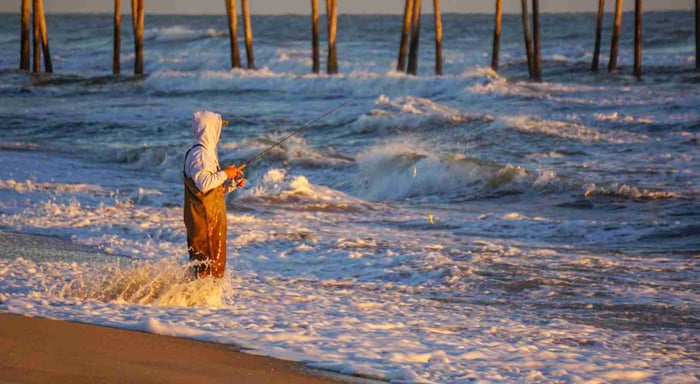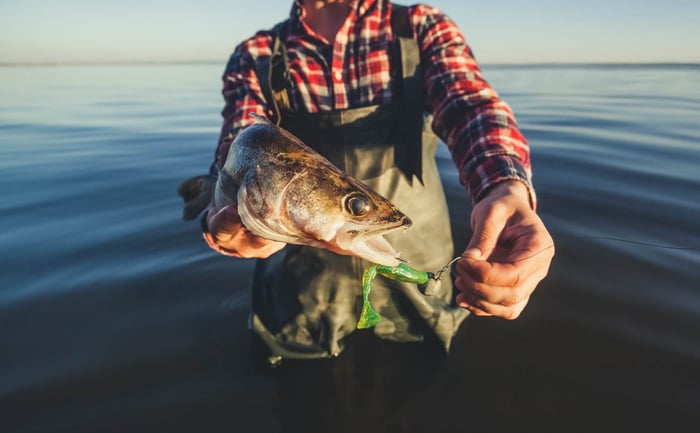Table of Contents
A Guide for Catfish Anglers
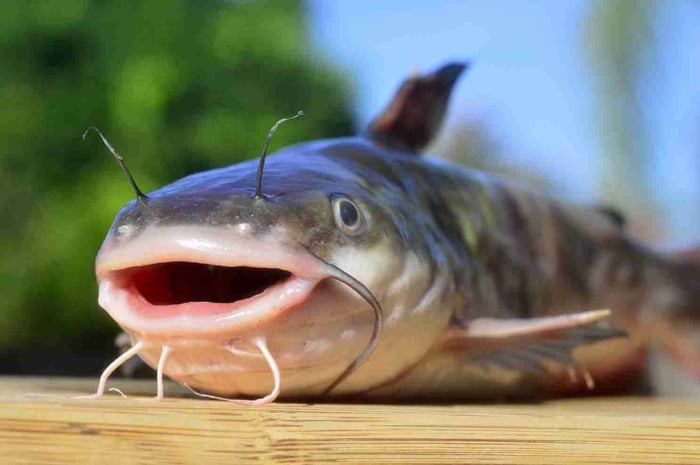
Not many freshwater fish are as popular as catfish. And rightfully so, these fish are known for their size, strength, and good taste. It's all a "big" catch regardless of whether you’re chasing huge blue catfish, big flatheads, or smaller channel cats.
That’s why so many people love to catch them.
Catfish put up a strong fight that can challenge any angler. But once you catch them, their soft, tasty meat is great for cooking and sharing at fish fries or parties.
Catfish eat almost anything. However, catching them often, especially the big ones, requires more effort. You can't just throw bait in the water and expect it to work. You need to use the right rig at the right time.
In this article, you’ll find the best catfish rigs that many skilled anglers use. We will examine what works best for each rig.
You will learn where and when each rig is most effective. Also, you'll get tips to help you have a great day fishing.
Looking for recommendations on rods, reels, hooks, and lines? We can help you catch more fish. Using high-quality gear, such as a strong catfish reel, makes it easier to catch large fish.
If you're new to catfish fishing or looking to improve, this guide will help you. You will learn how to catch more and bigger catfish every time you go out.
Understanding Catfish Behavior
To choose the right rig, you must learn how catfish behave in the water. While they are all alike, each one is distinct and exhibits its own unique habits. These very 'habits' will tell you when and where they will feed.
Channel Catfish
Channel catfish, being the most widespread and abundant species, inhabit places such as rivers, reservoirs, and lakes with moderate current.
Feeding normally on or just above the bottom, following odors to locate cut bait, live bait, or constructed dough baits.
Channels are active year-round but become especially fierce in warm water from late spring through early fall.
Blue Cats
Blue catfish are catfish behemoths. They inhabit large river systems, such as the Mississippi, Missouri, and Ohio, preferring to reside in deep channels and powerful currents.
Blues are powerful predators that cruise forage on shad, herring, and other baitfish. During winter, they gather in deep holes, and summer finds them scattered along channel margins and flats.
Flatheads
Flathead catfish are ambush feeders. Unlike blues and channels, flatheads prefer treeing in live bait and tend to stay near cover. It's things like fallen trees, submerged brush, and rock shelves.
They're waiting motionless for prey to swim into striking distance. They intensively feed at night and are pickier about when they bite.
Seasonal factors contribute to complicating matters. Spring brings rising temperatures and increased river flow, which are likely to generate feeding frenzies.
Summer warmth will prompt fish to move deeper into the water column during daylight hours. Catfish metabolism slows down in winter, and rigs that hold baits patiently near clusters of tight schools are ideal.
FINALLY, rig selection is accompanied by bait presentation. Slip sinker rigs are designed to place bait near the bottom, where catfish are most likely to eat.
Float rigs will suspend live bait over cover to catch flatheads. Three-way rigs will keep cut bait positioned in heavy current.
By being aware of these feeding habits and rigs, you'll stand a better chance of catching catfish in no time.
The truth is, the more you know about catfish feeding behaviors, the more tactical you will be in positioning your gear.
Gear and Tackle for Catfish Rigs 
Even the best rig won't do the job if your equipment is not suitable. Since catfish grow into big fish and battle savagely, it's worth spending money on. Money for what, you say? Well, money tis o be spent on rods, reels, lines, and terminal tackle that can withstand heavy usage.
Rods
For medium-heavy to heavy-power rods for general catfishing, the backbone is provided to fight large fish and heavy sinkers.
It is wise to use rods from 7 to 9 feet long. The longer rod casts heavier rigs further away and gives you a greater edge when catching.
Fast-action rods, where tip deflection but not the backbone is straight, allow better light-bite sensitivity and set hooks better.
Lines
Pick your lines wisely. You’ll definitely need one that is strong and resistant enough to withstand rocks, logs, and other hazards.
Monofilament offers stretch, shock absorption, and a bit of forgiveness. So, if you're a beginner and just trying things out, this is ideal for you. Also, for those fishing with lighter rigs.
Braided line excels in heavy cover and deep water. These lines are great because they are known for zero stretch and unmatched sensitivity.
Many catfish anglers spool up with 50–80 lb braid, topping it with a strong leader.
Hooks and Weights
5/0 to 10/0 circle hooks are the norm for catfish. They nearly set themselves when a fish bites the bait.
Slip sinkers and egg sinkers are most commonly used as weights.
Egg sinkers will move down your main line instantly to detect bites more effectively, and flat "no-roll" sinkers suspend rigs in the current.
Reels
Lastly, a good quality catfish reel is the difference between landing a trophy and losing it on the water. Abu Garcia C3 7000 Catfish Special Round Reel is a tried and trusted favorite among serious catfish anglers.
It is a reel that possesses great power, silky smooth drag capacity, and great line capacity to overpower giant blues and flatheads.
If you are looking to purchase trophy fishing, this reel provides you with the strength and stability you require to have confidence on the water.
Top Catfish Rigs Explained
Whether you’re casting from shore, drifting in a boat, or anchoring over deep holes, choosing the right rig is the key for successful catfishing.
Below, you’ll find five of the most proven setups. Each one offers unique advantages depending on current, depth, and the behavior of the fish you’re targeting.
1. The Slip Sinker Rig (Carolina Rig)
The Slip Sinker Rig, or Carolina Rig, as many call it, is perhaps the most successful catfish rig ever made.
Its charm is its simplicity: a sinker glides openly along your main line, and a catfish can lift the bait and swim without feeling resistance right away.
This can be particularly crucial in catching skittish fish in pressured lakes.
To make it work, slide a no-roll sinker or egg sinker onto your main line, then add a plastic bead to cushion the knot. You should then add a barrel swivel to prevent the sinker from moving.
You can then tie a leader onto the swivel. Ideally, one that is 18- to 36-inch of sturdy monofilament or fluorocarbon. End it with a circle hook that is appropriate for your bait and target species.
Without a doubt, this rig excels at bottom fishing in lakes, reservoirs, and rivers with current. Actually, it works well presenting cut bait or live bait. Place it near the bottom, where catfish naturally feed.
 Catfish Edge. (n.d.). Slip sinker rig. Catfish Edge. https://www.catfishedge.com/slip-sinker-rig/
Catfish Edge. (n.d.). Slip sinker rig. Catfish Edge. https://www.catfishedge.com/slip-sinker-rig/2. The Three-Way Rig
The Three-Way Rig is specifically designed for use in conditions with strong currents. It presents your bait just above the bottom and holds your rig in position with the sinker. This rig also minimizes snags in rocky or uneven riverbeds.
To tie a Three-Way Rig, connect your line to one eye of a three-way swivel. On the second eye, hook up a short dropper line (12–18 inches) with a sinker that is heavy enough to hold in current.
The third eye is equipped with a longer leader (18–36 inches) that terminates in a circle hook. This configuration places your bait suspended above the bottom and holds it securely.
 Catfish Edge. (n.d.). Three-way rig for catfish. Catfish Edge. https://www.catfishedge.com/three-way-rig-catfish/
Catfish Edge. (n.d.). Three-way rig for catfish. Catfish Edge. https://www.catfishedge.com/three-way-rig-catfish/3. The Float Rig
The Float Rig suspends your bait above the bottom. This is how it makes itself more visible and active in the water column. Just a warning, though, it can be deadly for flatheads and blues. Why? Because they prefer moving prey or feed higher in the water.
During warm conditions, catfish often swim to the bottom to hunt. This is when a float rig comes in handy. They keep baits in their strike zone longer.
It is very helpful indeed if you’re drifting or anchoring over structures like humps, logs, or ledges.
Important reminder: Float rigs work best in 4–15 feet of water. But no worries, they can also be adapted deeper with larger floats. Try using them around submerged timber, near creek channels, or over mid-lake flats. These areas are where catfish usually roam.
For best results, I'd recommend using live baits (shad, bluegill, suckers) as they truly excel here. The float keeps them lively and visible. Cut bait works, too, but be sure to hook it securely so it won't spin.
 Catfish Edge. (n.d.). Float rig for catfish. Catfish Edge. https://www.catfishedge.com/float-rig-catfish/
Catfish Edge. (n.d.). Float rig for catfish. Catfish Edge. https://www.catfishedge.com/float-rig-catfish/4. The Santee Cooper Rig
Named after the legendary Santee Cooper Lakes of South Carolina, this rig combines the Slip Sinker and Float Rig, taking the best of both. It's particularly effective when drifting baits on the bottom to trophy blues.
The most important feature is a peg float attached to the leader line. It raises your bait off the bottom. As a result, it minimizes snags and makes it more visible.
As you drift or slowly push your boat, the bait travels just over rocks, mud, and trash. This goes right into a catfish's line of sight!
After connecting a barrel swivel to your primary line (with a sliding sinker placed above), add an 18- to 36-inch leader.
Place a peg float on the leader, 2–3 inches above the hook. With proper rigging, the float raises the bait several inches off the bottom, preventing it from dragging.
 Catfish Edge. (n.d.). Santee Cooper rig for catfish. Catfish Edge. https://www.catfishedge.com/santee-cooper-rig/
Catfish Edge. (n.d.). Santee Cooper rig for catfish. Catfish Edge. https://www.catfishedge.com/santee-cooper-rig/5. The Slip Bobber Rig
Precise depth control is what you need when fishing shallow flats or over submerged cover, and the Slip Bobber Rig is your go-to gear. It permits you to present baits at any depth without compromising casting range.
A slip bobber glides freely up and down your line until it hits a stop knot you put on.
This allows you to adjust the depth of your bait with ease. And it does not really matter whether you're fishing 2 feet or 20 feet deep.
When a fish bites, the bobber glides down the line so you can pull the fish in head-on.
You can use slip bobbers for channel cats in weedy flats, against riprap shorelines, and near docks and wood. It also works for suspended fish in deep holes.
The secret to success is having your bobber stop set right. Move it up to fish deeper or down to fish shallower. Some anglers prefer fluorescent thread stops that glide smoothly through rod guides and reels.
 Catfish Edge. (n.d.). Slip bobber rig for catfish. Catfish Edge. https://www.catfishedge.com/slip-bobber-rig/
Catfish Edge. (n.d.). Slip bobber rig for catfish. Catfish Edge. https://www.catfishedge.com/slip-bobber-rig/Common Mistakes to Avoid
Even seasoned anglers can fumble so hard and lose fish. Steer clear of these catfish rig mistakes to avoid frustration and improve your outcome on the water.
First, not all rigs are suitable for use in all areas.
You heard it. Attempting to employ a Float Rig in deep, heavy current will most often end in tangles or lost baits.
On the other hand, a Three-Way Rig in still water can be too artificial to sneak past cautious fish. Always balance your rig to water depth, current speed, and bottom composition.
Second, the incorrect weight is a common mistake.
It is a problem when you use too much or too little weight. Excessive weight will hold your bait artificially against the bottom or scare fish away when they take it up.
Inadequate weight causes the rig to suspend outside the desired area. Generally, use only enough sinker weight to keep your bait stationary without limiting natural movement.
Third, not checking knots and connections.
Every link in your setup needs to be solid. Weak knots or improperly seated swivels are common failure points. Before casting, check each connection by giving it a firm pull. Replace frayed leaders or damaged hooks immediately.
Last, overlooking drag placements.
Your drag should be adjusted beforehand, especially when targeting trophy fish. It should not be too tight or your line will break with a monster catfish in an instant.
It should not be too loose. If it is too loose, the hook will not set when you lift the rod. Test the drag by pulling the line with your hand.
The line should have smooth resistance. It should be tight enough to set the hook. But it should also have enough give to handle sudden runs from the fish.
Conclusion: Catfish Rigs For Successful Catfishing
The right rig, good conditions, and strong gear are the keys to catching catfish.
Whether you are going after smaller channel cats to eat or giant blue catfish over 50 pounds, you need to know how to present your bait the right way.
Experiment freely. Each water body is unique, and catfish activity can vary with weather, season, and forage abundance. Experiment with various rigs, play with your leader sizes. See what baits work until you get what works.
If you want to catch big fish, ensure that your tackle can handle the test. A good reel, such as the Abu Garcia C3 7000 Catfish Special Round Reel, can be extremely helpful.
It gives you confidence and has the power to handle hard runs. It also helps you avoid losing big fish.
Try it out and see for yourself. We'd love to hear from you and help you land more catfish on your next outing!
